The Mystery of the Holiday Greeting
When someone wishes you a Merry Christmas and a Happy New Year in twi (afiehyia pa - pronounced a - fee - shiaa - pa), the response is afi nkɔ mɛ tu yɛn, which roughly translates to may the year come and meet as again. Some add on extra sayings such as afi sesei na yɛn ti nkwam, which means this time next year, we will be alive. I always thought it was interesting that greetings surrounding life and wellness were the preferred response for a Merry Christmas greeting. Why is everyone so focused on being alive?
While Christmas is still a relatively new holiday in the grand scheme of Ghanaian history, meals and experiences around this time are drastically changing, mirroring the change we see in the dietary patterns of the average Ghanaian. With open borders, a rising middle class, exponential urbanization, free trade, markets flooded with foreign goods, a globalized food system, and social media, the tastes and preferences of Ghanaians have shifted, changing food patterns and traditions. Hearing what my parents experienced for Christmas was truly night and day, comparing it to my childhood experience and what is now the experience of Christmas in Ghana. So, this year, I wanted to take the time to explore old and new Christmas traditions. As I have dug deeper into traditional Ghanaian foods and ingredients, I have always wondered what the food scene was like around holidays. What recipes were rooted in times of celebration and joyous moments, and how has that changed?
How my parents experienced the holiday season
During my parent’s childhood, the villages were the centre of Christmas celebrations. In the 60s, 70s, and early 80s, most of the Ghanaian population was mainly rural. With a largely rural population, celebrations and culture were tied to the traditional/rural way of life. For my parents, many of the traditional Asante dishes had community at the centre of preparing and enjoying these meals as that was the way of life.
From the listen I had heard, every year, I shared a recipe that is quickly fading from the dinner tables of many Ghanaians of Asante heritage — atidua (red cowpea stew). It embodies the Christmas spirit well, highlighting our in-season ingredients, love for community, and joy in the simple ingredients. Sharing this recipe every year might seem repetitive, but I guess I am trying to make use of the idea that the internet never forgets, even though many of us Ghanaians have.
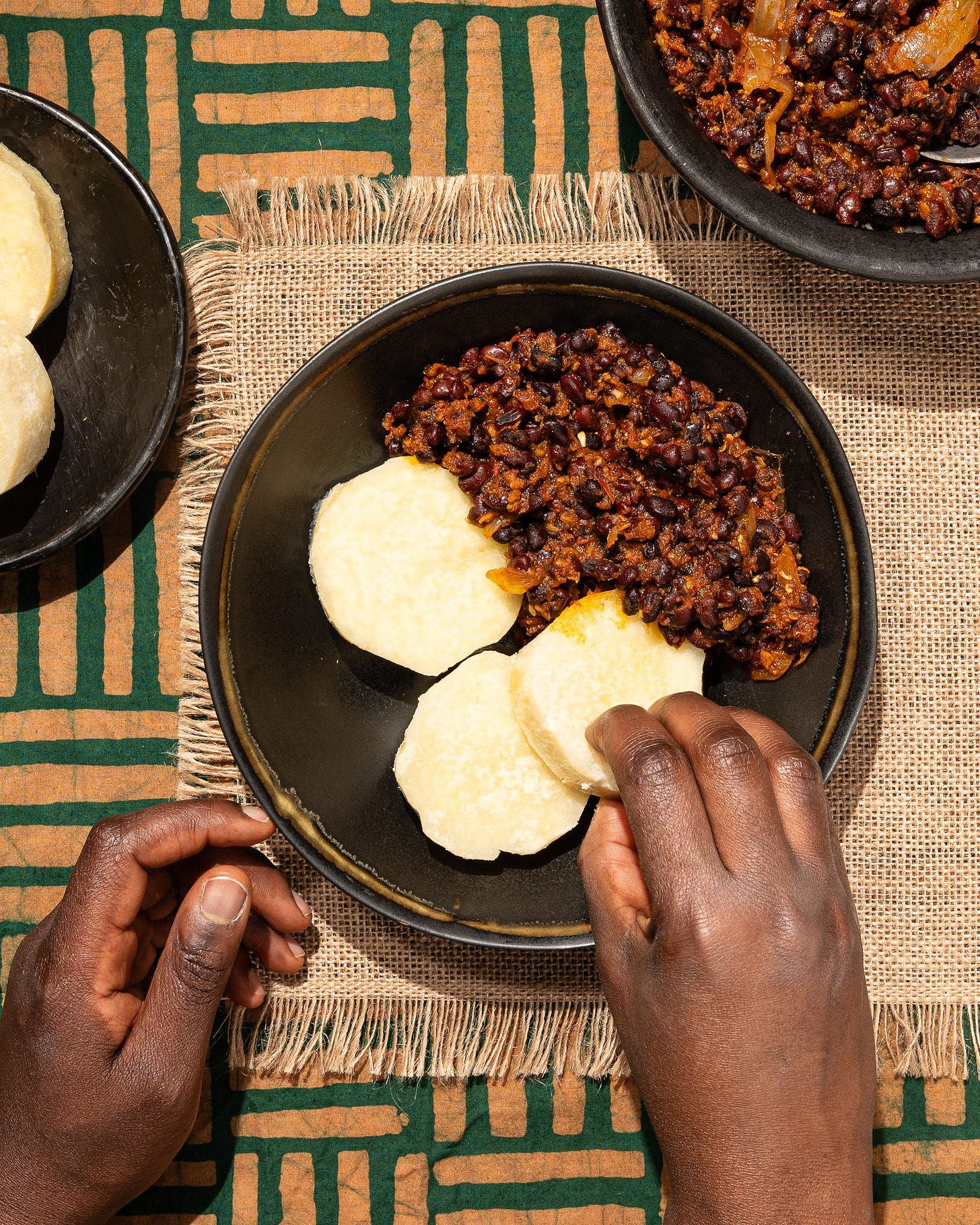
Towards the end of the year, many staple foods come into season or are available for the season— water yams, plantains, chilli peppers, tomatoes and beans. By November, my great-grandmother would have harvested her bright red cowpeas to dry and store for December. As the week towards Christmas rolls around, people bring the produce from their farms, gather their firewood, and shop for the additional ingredients they might need.
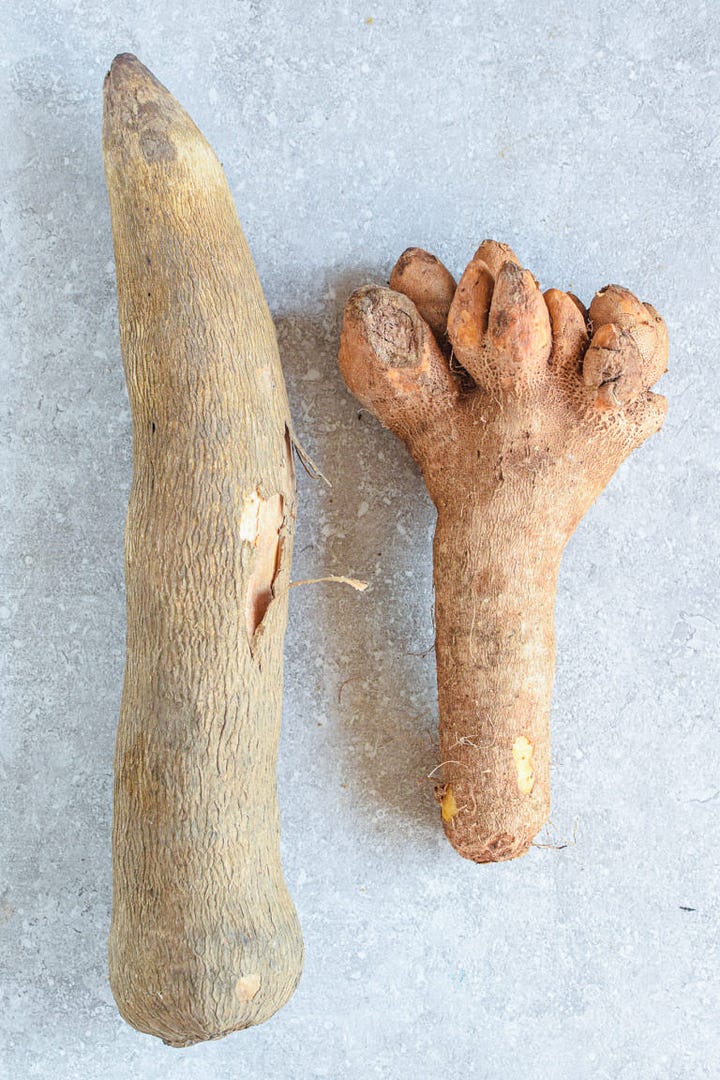
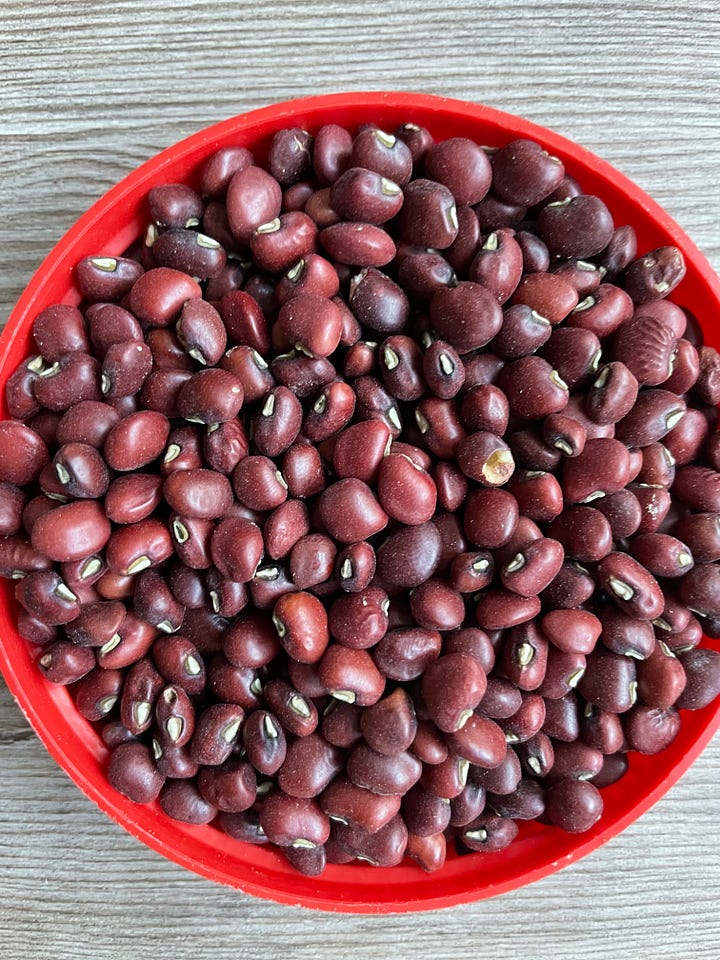
This is the extent of Christmas traditions I had been made aware of until I had a serious conversation with my parents about their experience around Christmas. This meal that I had only learned about in the last few years was part of a larger Christmas time tradition, which focused on remembering those who had passed.
Everything starts to click
For my parents, Christmas Eve and Christmas Day were traditionally days of remembrance, in addition to the Christian Christmas festivities, where the community came together to mourn and remember their loved ones who had passed that year. Hearing this yearly ritual puts into perspective why people respond to the greeting of Merry Christmas and Happy New Year the way that they do. From night until morning and well into Christmas day, all forms of alcohol flowed into the cups of mourners. I am sure people didn’t want to be on the list of deceased to be remembered at the end of the year. Wishing and talking about seeing the end of the following year was on people’s minds, hence the greetings (this is not backed by any fact, just putting patterns together). In the midst of all this, the women in each compound home start cooking red cowpeas early in the morning. These cowpeas cook long and slow until the afternoon, then they are added to a delicious tomato and palm oil-based stew to be served with boiled water yam or plantains. Despite growing up in opposite parts of Asanteman, my parents always talked about atidua as a Christmas staple and my father’s favourite. As the food is ready, neighbours and friends are gifting each other portions of their meals. No one cooks for just their immediate family, but also for their friends and community. As the drinking goes on, a hardy meal of beans and yam is used to help maintain composure. The conversation of death in Asante culture is nuanced; where there is mourning, there is also joy and laughter. This Christmas experience embodies this spirit.
As someone who centres their diet on plants, it was refreshing to see a plant-based meal as a major part of the Christmas time menu. In recent times, these traditions have faded and given light to a more global approach of celebrating Christmas. While the slaughter of a goat or chicken was common in many traditional celebrations, the excess and overindulgence in recent years have taken these practices over the top. While the Christmas greetings have stayed with us, the recipes have not.
The recipe for the atidua and boiled yam is live on my blog and YouTube channel. Click the photos and you will be redirected to the written recipe or video.
In the spirit of remembrance, I also put together a small mocktail that is exclusive to this newsletter. The dream would have been to use a palm-based spirit to make this a true cocktail with an indigenous West African spirit, but after my West African cookie box newsletter, I was drawn to making a drink with grains of paradise. Learning that grains of paradise are a common ingredient in botanical gins, adding that as a flavouring agent sounded like a great plan. Grains of paradise work well with tart and citrus flavours, so we have a cranberry lemon mocktail with a grains of paradise syrup. It is a little tart, fragrant and a touch spicy.
Grains of Paradise Mocktail
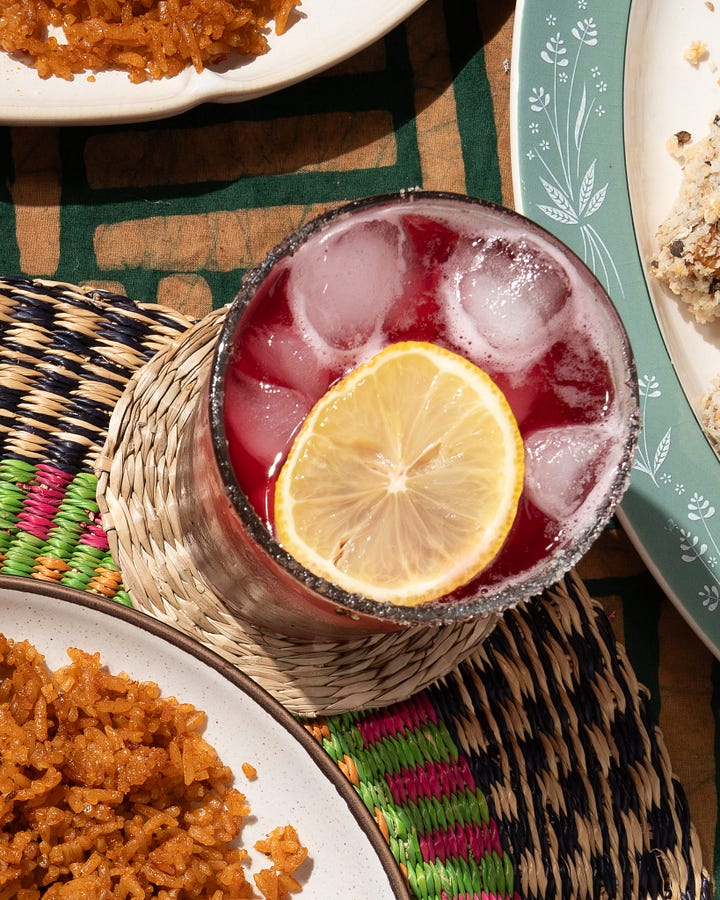

For 2 glasses
Ingredients
Syrup
1 1/2 tablespoons grains of paradise
1/2 cup of sugar
1 cup of water
Mocktail
2 tablespoons of grains of paradise syrup
1/2 cup of cranberry juice
3 tablespoons of lemon juice
Glass Rim (optional)
1 teaspoon of sugar
1 teaspoon of salt
1 teaspoon of grains of paradise.
Directions
Grind the grains of paradise into a powder, then mix 1 tablespoon of the ground grains of paradise with the remaining syrup ingredients. Reserve the rest for the rim of the glass.
Cook the syrup on the stove for 10 minutes at medium heat to allow the sugar to dissolve and the flavours to meld. The syrup will also thicken slightly.
Strain out the grains of paradise, leaving you a dark and fragrant syrup.
Allow the syrup to cool to room temperature before proceeding.
To rim the glasses, dip the glass rim in some lemon juice. Mix the rim ingredients on a plate, then dip into the glass rim mixture. Do a couple of circles to get the rim mixture firmly on the glass
Finally, to make the mocktail, add all the mocktail ingredients into a shaker or mason jar along with 1/2 cup of ice. Fill the serving glasses with ice, then pour the shaken drink into your glasses.
Enjoy!
Notes
Where to purchase grains of paradise: Your local African store, MyChopChop (US/Canada), Spice Merchant (Canada), Silk Road Spice Merchant (Canada), The Spice House (US), Serious Eats has a few American options.
You can also sub the grains of paradise with black peppercorn.





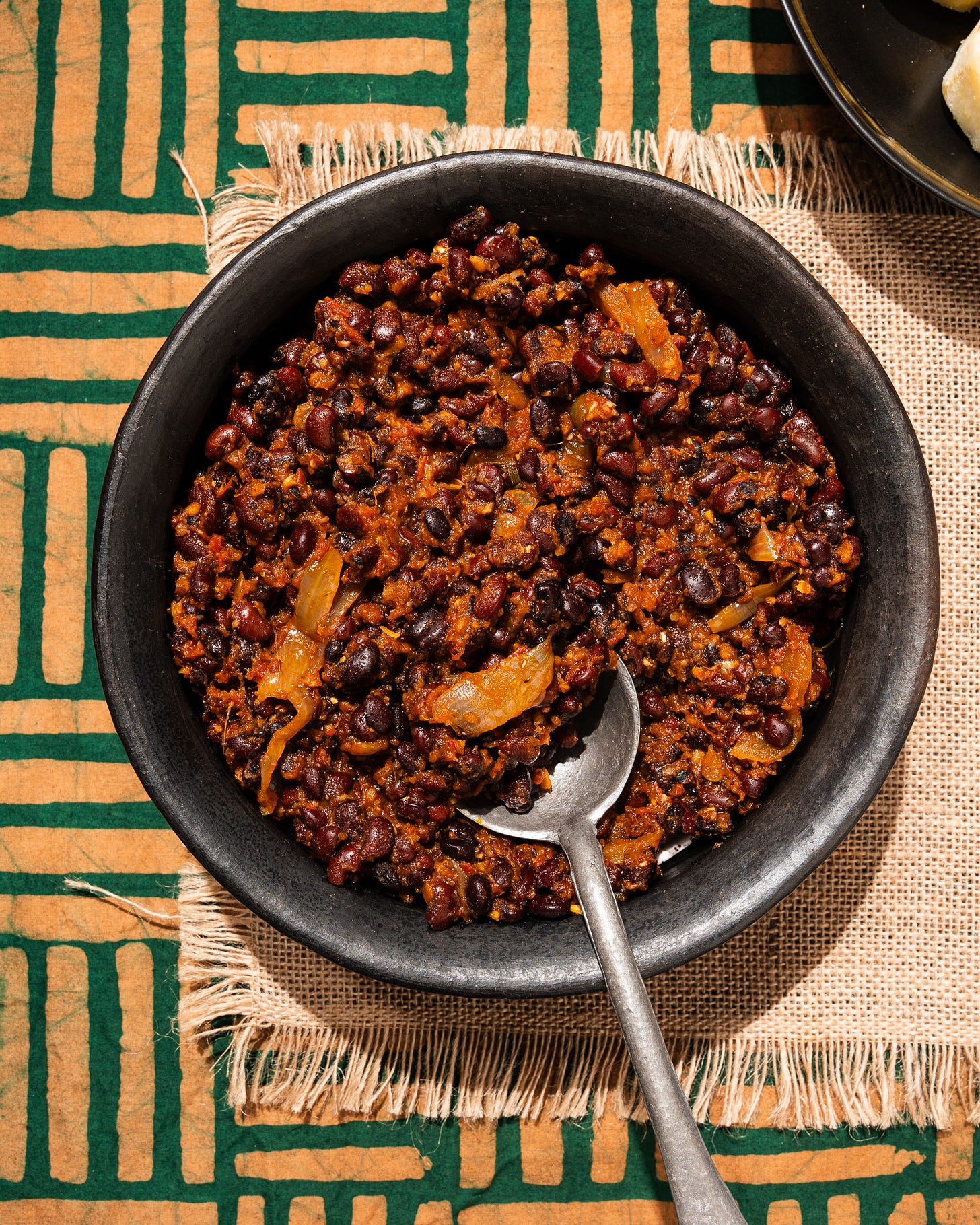
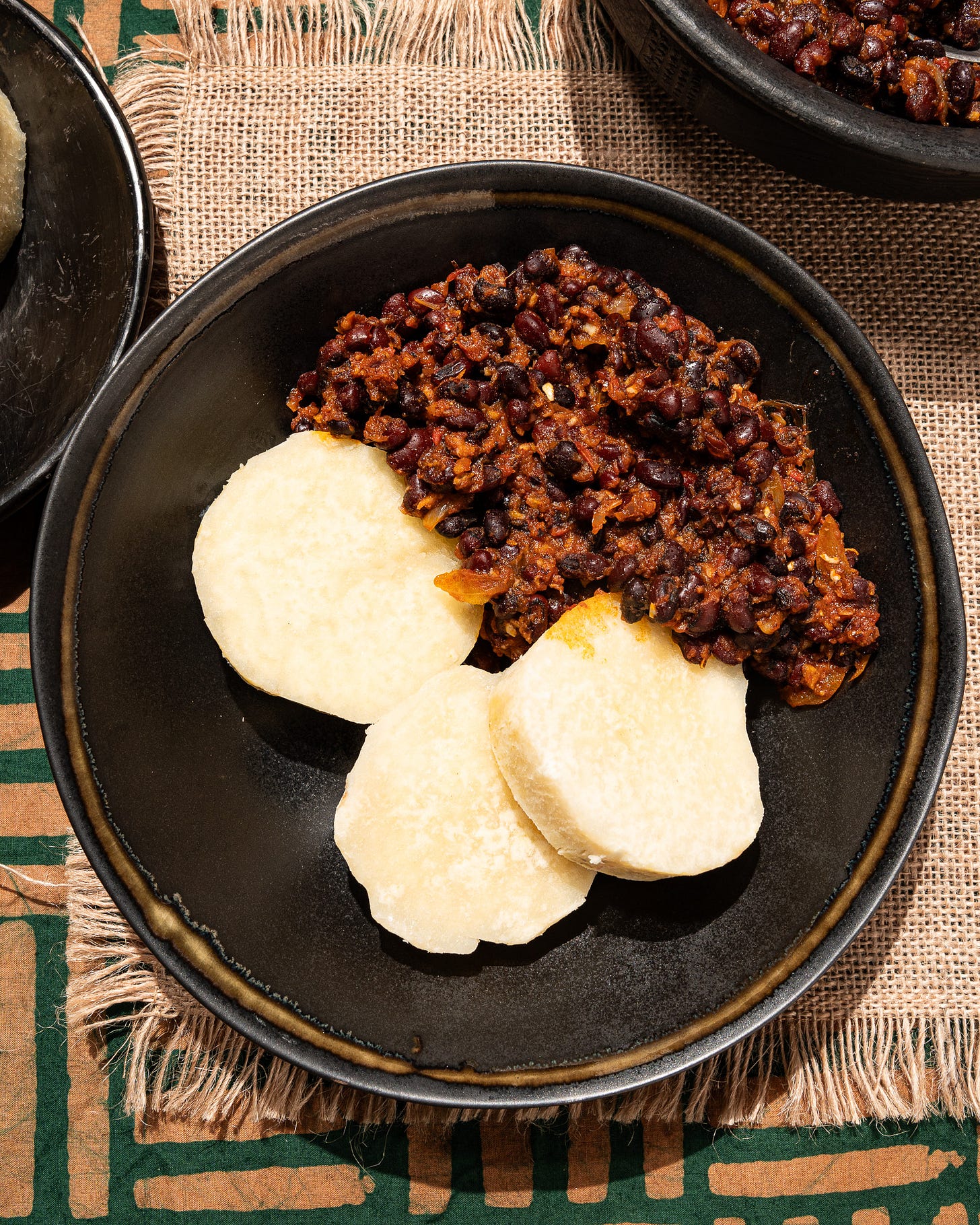

Thank you for writing this history. When I was young, I did not understand why the greeting for Christmas and New Year (afiehyia pa) was the same and your write up makes complete sense!
I’m also glad that for once there’s a traditional plant based recipe that’s associated with a holiday. I feel like Ghanaian food is now too meat-centered and I know that people did not eat as much meat back then- especially when they got their protein from various sources.
I don’t have access to those red beans in the US but I’ll try this recipe with black eyed peas.
Thank you for sharing this! Reading about your experiences and traditional recipes in Ghana highlights the ways those of us in the diaspora maintained and adjusted these traditions over time.